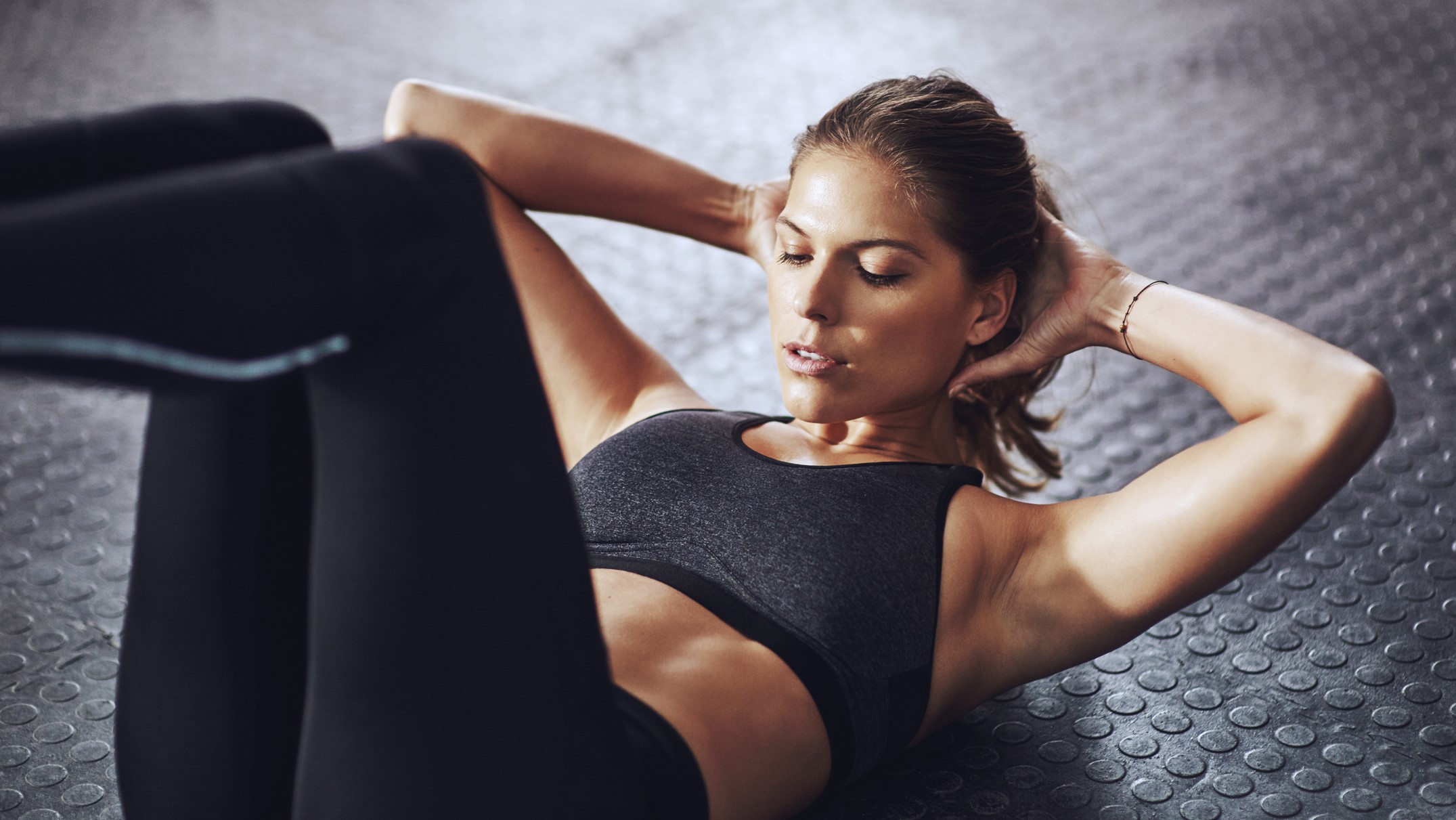Planks are hailed as one of the ultimate bodyweight exercises for building a strong, stable and sculpted core, but trust me, you don’t really need them. There’s a never-ending list of abs workouts that are incredibly efficient and effective without a plank in sight.
With that in mind, one of my favorite “deep core” exercises to build stability and bulletproof abs is the tuck crunch and hold. It looks simple — too simple. This is one heck of a midsection-melter, and you’re not even moving your muscles while performing it.
Below, I cover how to do the tuck crunch, the benefits and why you’re going to love it.
How to do the tuck crunch step-by-step
There’s no reason you can’t use this exercise alongside planks, but if I’m choosing between them? This is it. Get ready for your deep core muscles to tremble.
- Start on your back with knees bent and your feet planted on the mat
- Extend your arms alongside your body
- Squeeze your stomach, then lift your upper back away from the mat
- Draw your forehead toward your knees and reach your fingertips as far forward as you can
- Lift your legs away from the mat, then draw your knees toward your forehead to form a crunch position
- Hold.
What are the benefits of the tuck crunch?
Like planks, the crunch hold exercise is low-impact and kinder on your lower back than sit-ups or crunches; also like planks, it’s isometric, meaning your muscles contract without moving through a range of motion. For that reason, you may notice a shaking in your core, which is normal.
In the isometric vs isotonic exercise debate, both have uses within your strength training program; isometric contractions tend to be lower impact in general and will help you build balance, stability and endurance in your muscles.
Generate as much tension in your midsection as you can while holding a tucked crunch position, which means squeezing your muscles hard. I love it because it helps train the mind-muscle connection, improving your ability to activate your working muscle groups while performing an exercise.
Besides, any exercise that teaches you to engage your core properly is worth knowing about.
This exercise is also commonly found in gymnastics alongside the hollow rock, hollow hold and arch positions, teaching your body awareness while holding your muscles in static positions under tension.
Tips from a personal trainer
Your core muscles aren’t just a set of rippling abs, although we focus on those muscles often. Think of them as a 360-degree corset made up of deep stabilizing muscles and larger superficial muscles.
These deeper muscles sit deep beneath layers of superficial muscle to stabilize your spine and pelvis (read: abs vs core).
Exercises that draw your knees or legs toward your body engage the lower section of the abdominals — think reverse crunches — and coupled with lifting your upper back, generate a lot of tension similar to the crunch but without any movement.
My best advice is to practice using a mirror or spotter so you can recognize when your form begins to slip — notably when your upper back or knees start dropping or you begin hunching.
Keep everything tight, but remember to breathe. I recommend a 20-second hold, followed by 10 seconds of rest, then repeating for several rounds. To help engage the inner legs, place a yoga block between your thighs and squeeze tightly.
As soon as your breath goes, release, rest and try again. Over time, you should find it easier to hold for longer. Keep actively pulling your pelvis and ribcage toward each other for optimal burn.
More from Tom’s Guide
Back to Kettlebells
Source link
